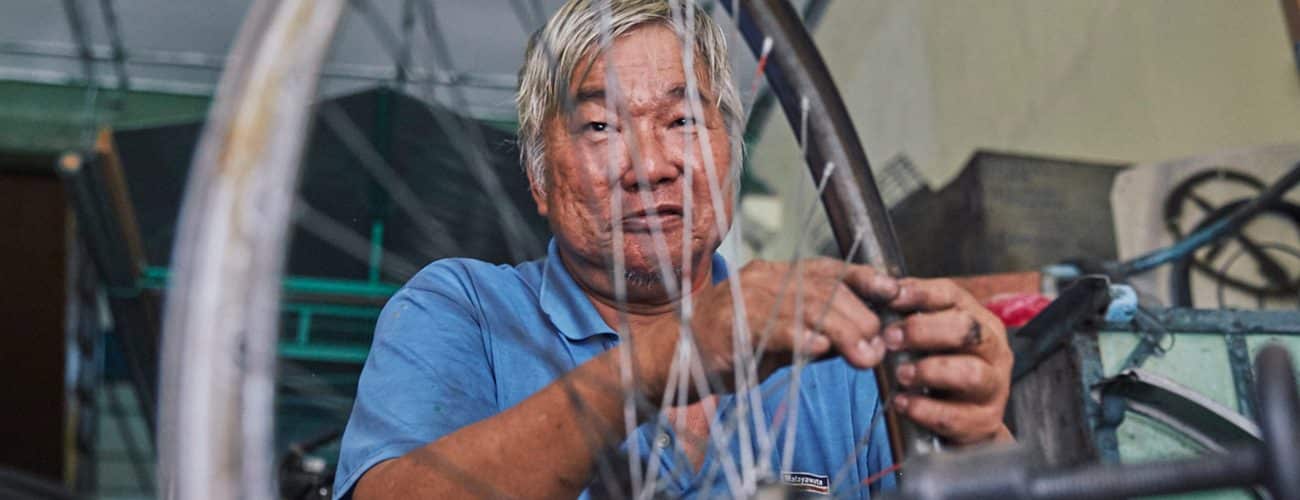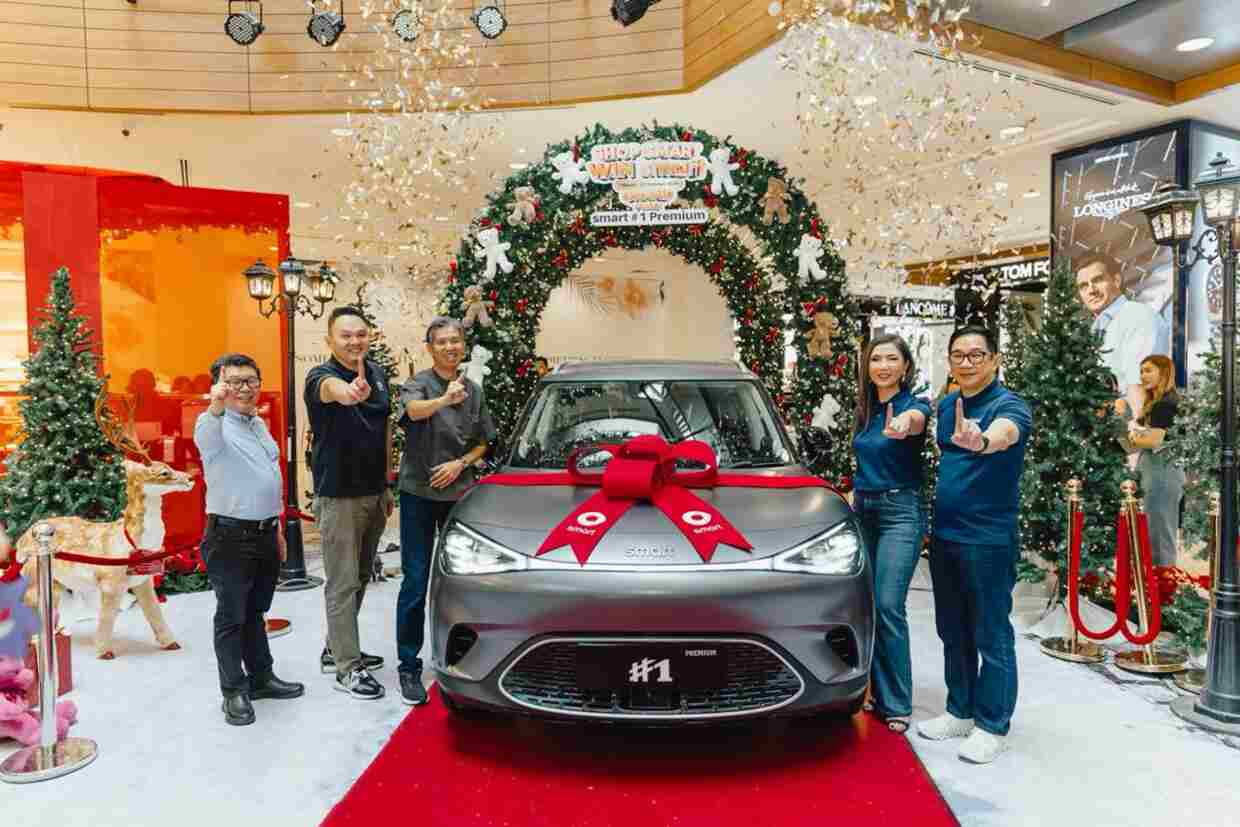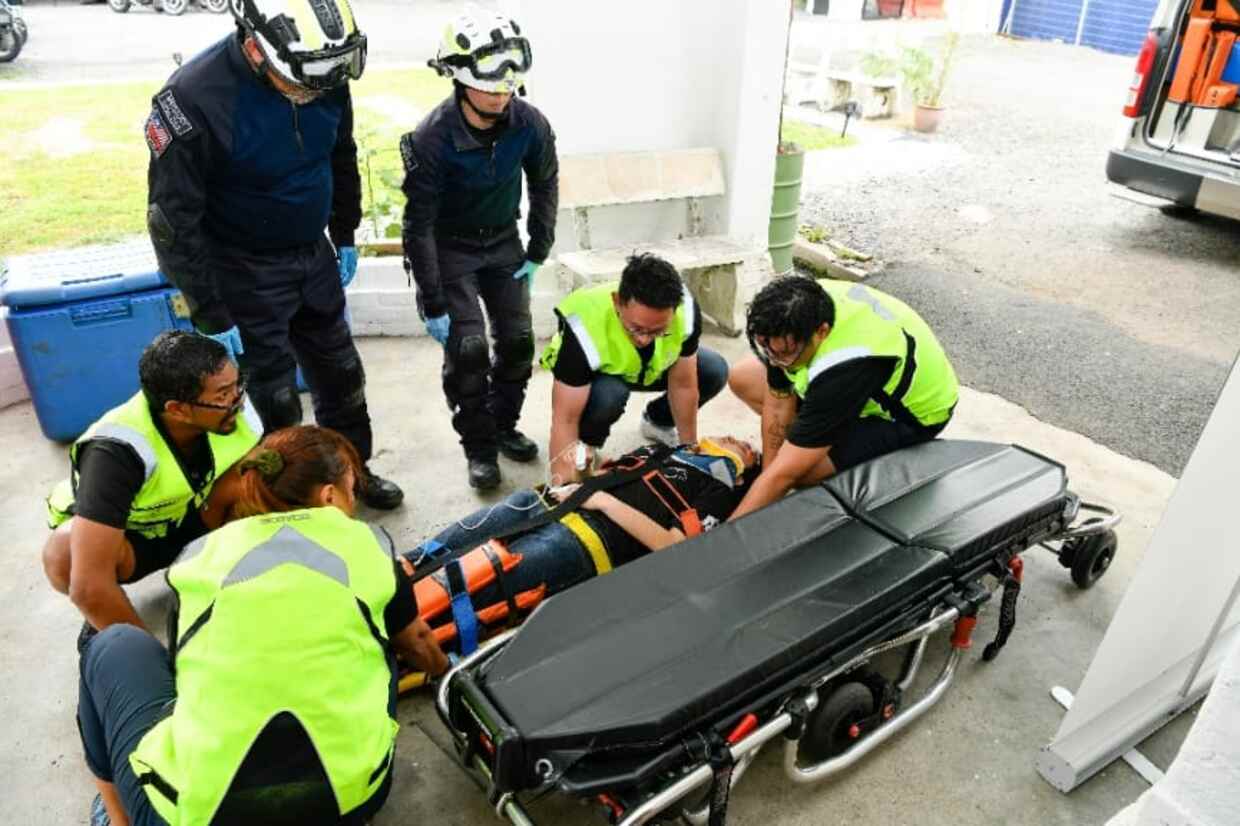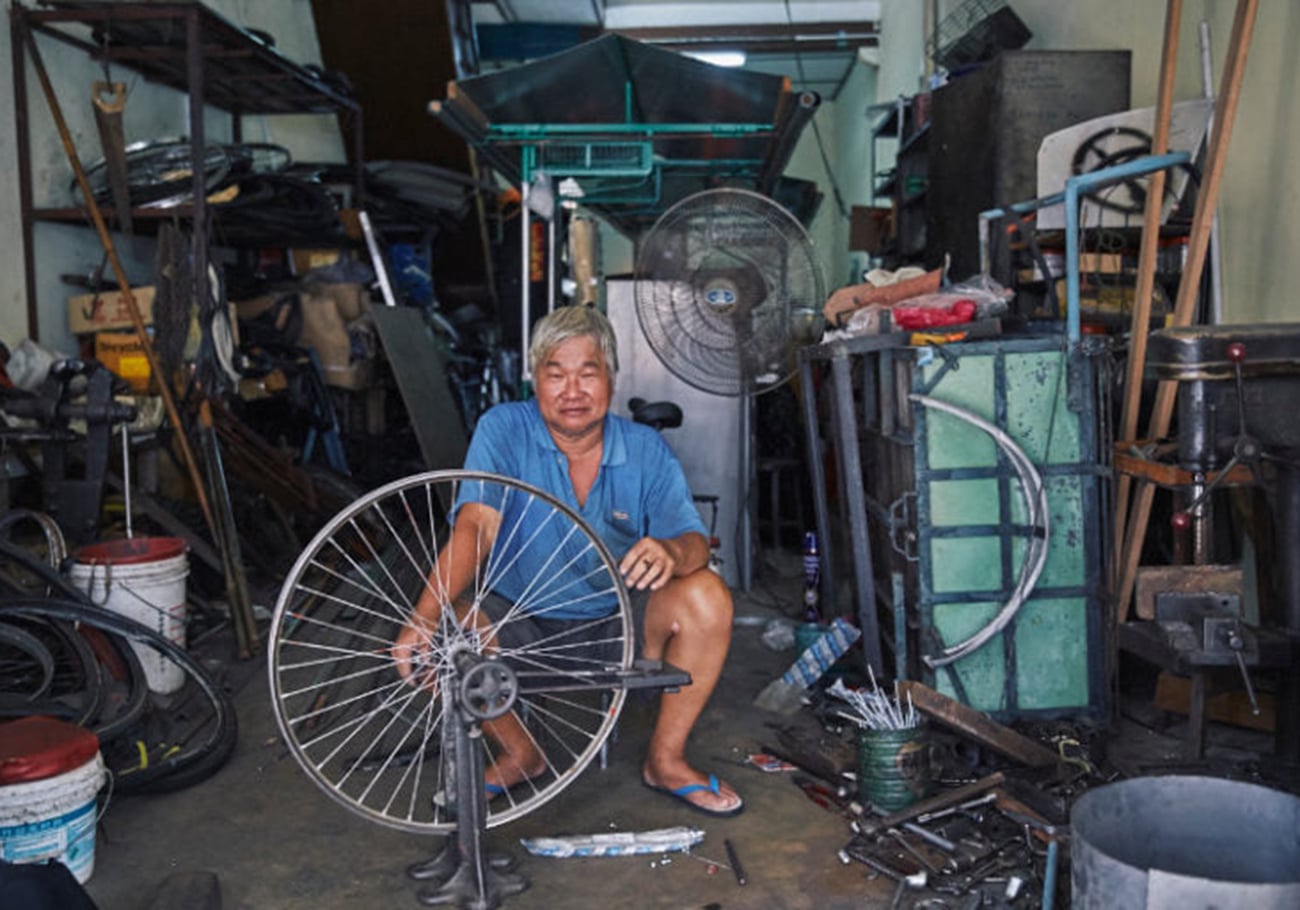
In Penang, Choo Yew Choon, the last remaining trishaw maker, meticulously crafts trishaws in his rustic workshop, showcasing the skill and dedication of a seasoned craftsman.
However, with the evolution of trishaws from practical transportation to decorative novelties, Choo finds himself contemplating retirement.
In 2022, Choo only received two orders. Among them, a Western expatriate residing on the island sought a trishaw, highlighting the enduring cross-cultural appeal of these vehicles.
As the demand for new trishaws diminishes, Choo relies on repair work to sustain his business, preserving the traditional modes of transportation that grace Penang’s enchanting streets.
The legacy of Trishaw making in Penang

Trishaws, once a common sight in Malaysia and the region, have faced a decline in popularity with the emergence of modern transportation systems.
Choo Yew Choon, a fourth-generation artisan, embraced the trishaw-making craft in the late 1980s, following his father’s health issues. Starting from humble beginnings, Choo has become a skilled craftsman, crafting trishaws with meticulous attention to detail.
Choo’s trishaws are carefully constructed, with steel bodies bent and welded piece by piece, complemented by wooden seating areas and factory-made components.
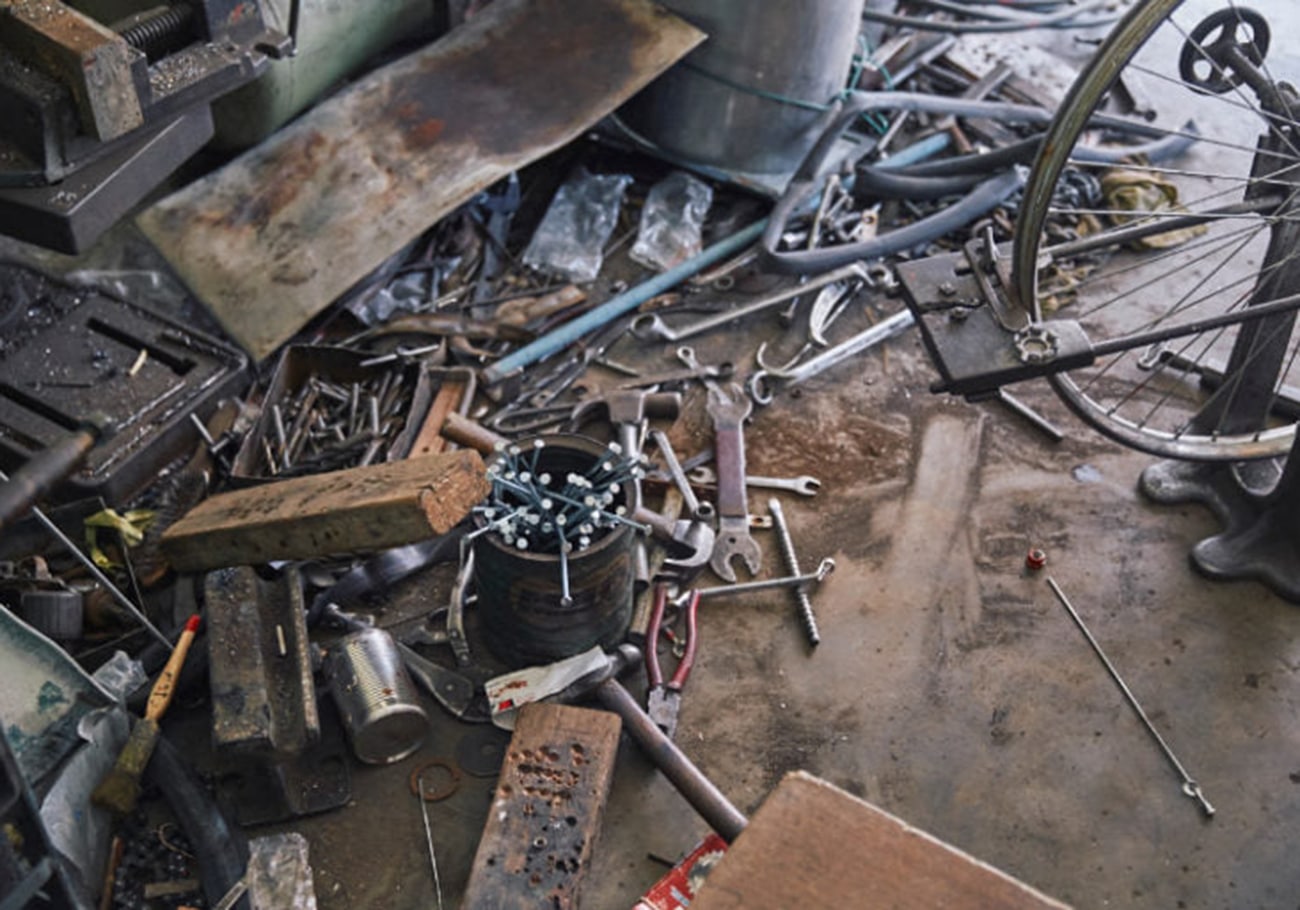
He inherited the skills from his father, who worked in the family-owned Hup Huat Penang company specializing in repairing bicycles and three-wheeled vehicles, including trishaws.
Before taking over the business in 1990, Choo worked as a technician in a factory in Perai.
To familiarize himself with the trishaw-making process, he initially purchased an old trishaw to study and understand the intricacies, particularly the pedalling mechanism and passenger seating.
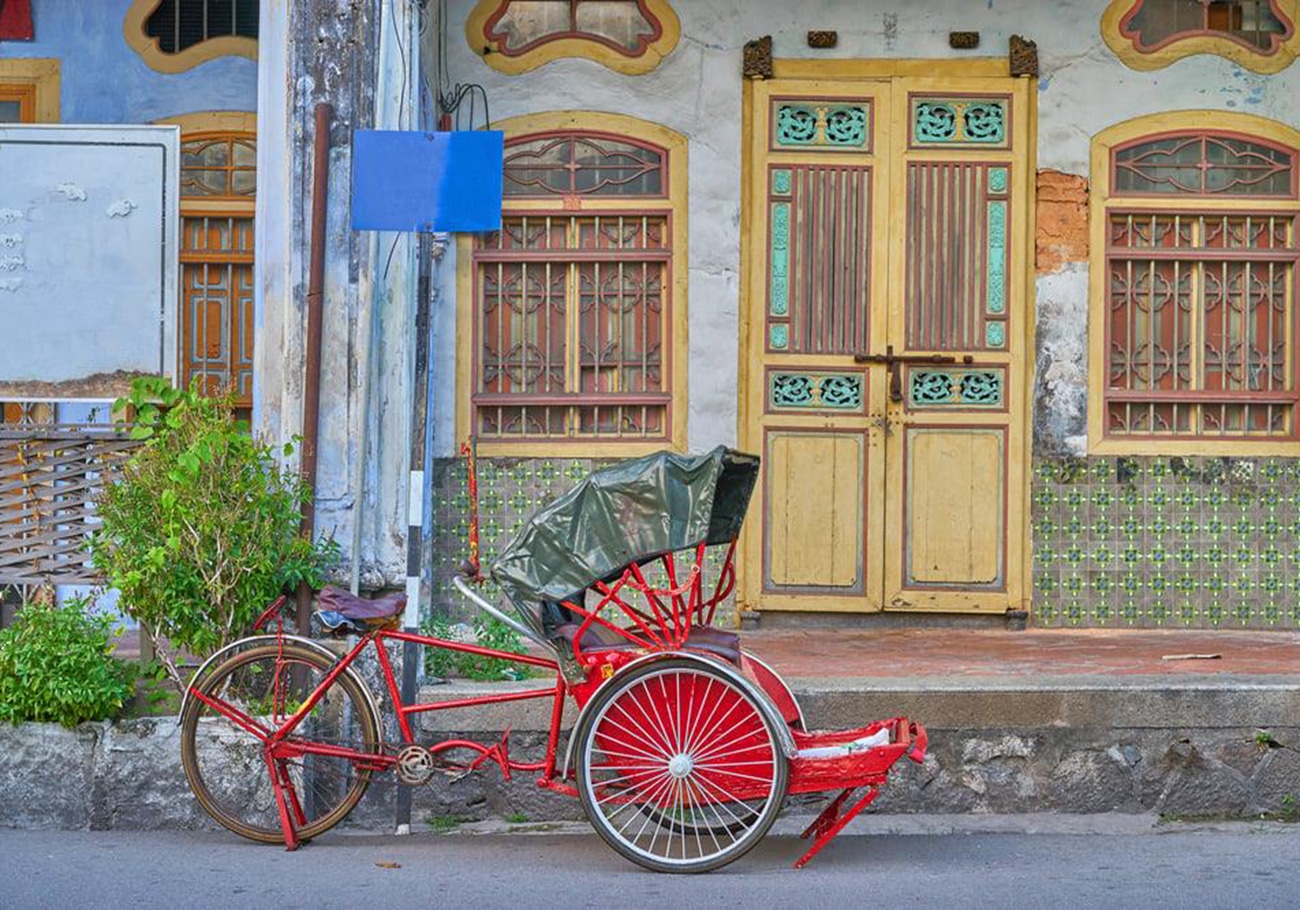
Despite the dwindling interest of his own children in continuing the trishaw-making legacy, Choo takes immense pride in upholding this traditional craft.
The history of “Beca” Penang
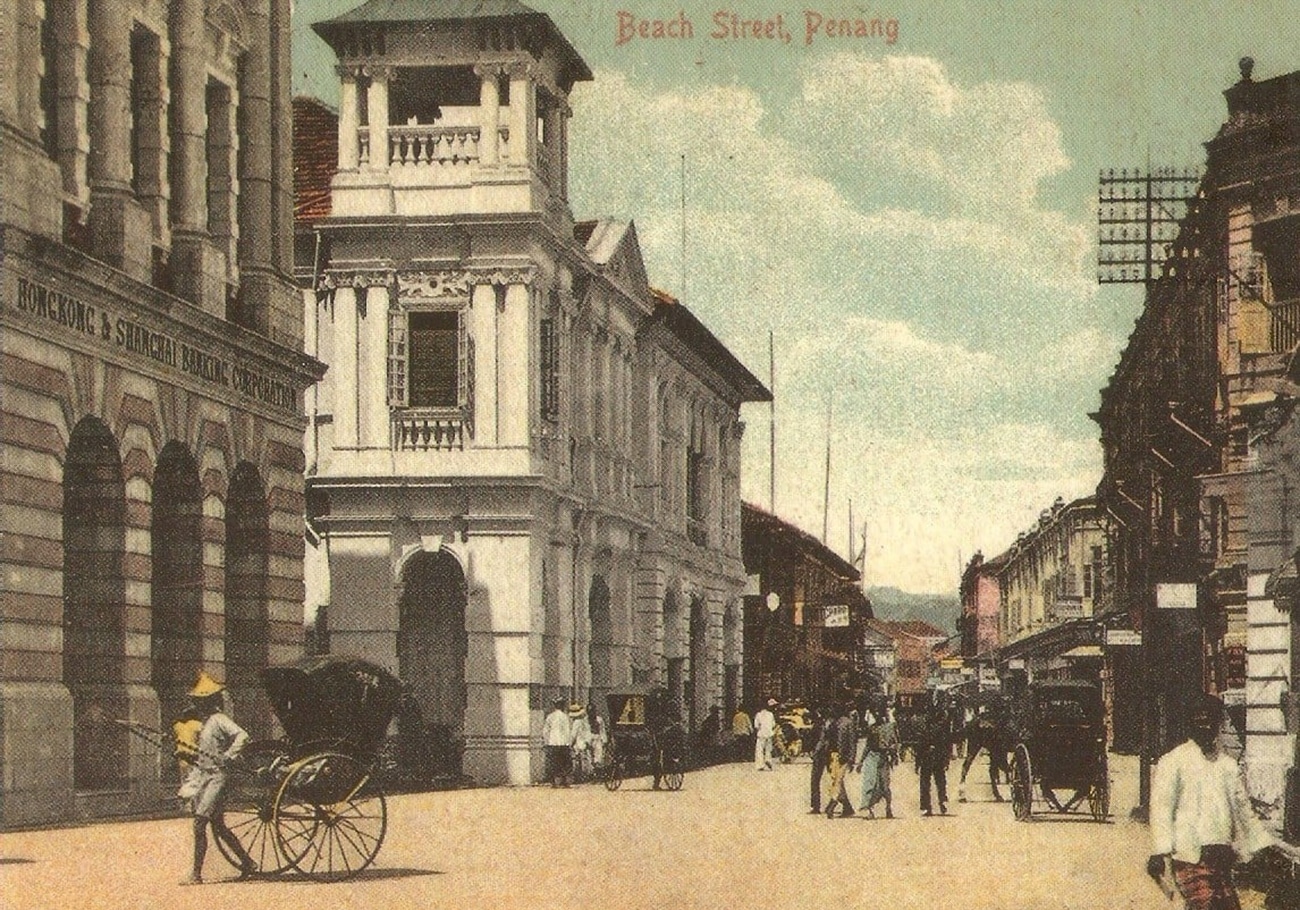
Trishaws have been an integral part of Penang’s heritage for over 80 years, serving as the primary mode of transportation in George Town’s bustling streets.
The trishaws were known as “lang-chia” among the Hokkien Chinese and “beca” among the local Malays. The term “beca” is derived from the Hokkien dialect, meaning “be-chia” or horse cart.
As Georgetown served as the first British settlement in Malaya, it served as a testing ground for various transportation modes during the colonial era. The beca quickly gained prominence and became an iconic symbol of Penang’s urban landscape.
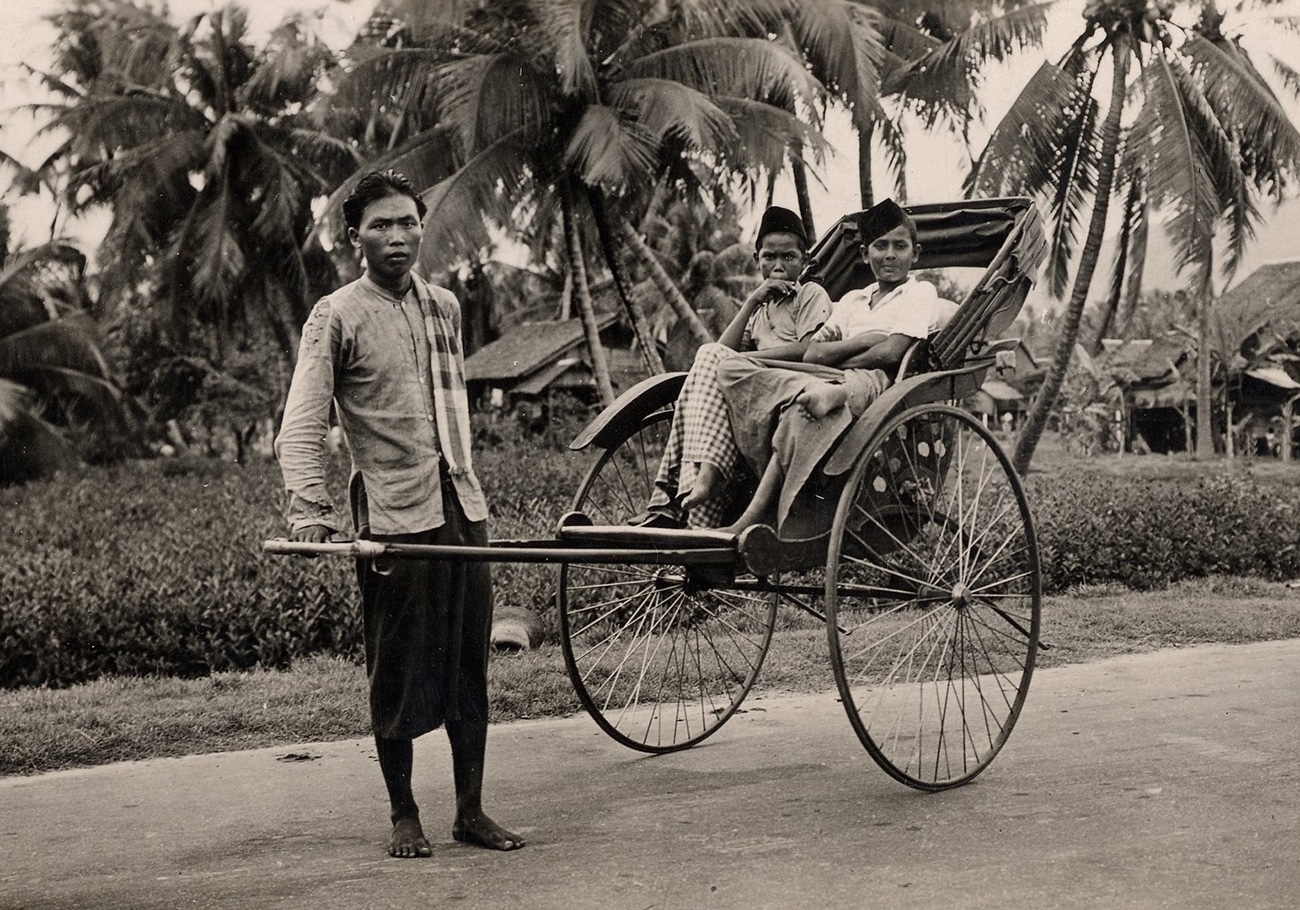
The introduction of trishaws in 1936 marked a significant shift from traditional rickshaws, gaining popularity during the Japanese Occupation in the 1940s. At their peak, over 2,000 trishaws operated in Penang, but the emergence of modern transport gradually diminished their numbers.
Today, fewer than 200 trishaws are registered with the Penang Municipal Council (MPPP), highlighting their transition from practical transportation to decorative collectables. However, the charm and cultural significance of trishaws persists, captivating both locals and tourists alike.
Trishaws as decorative collectables

As the demand for new trishaws wanes, Choo’s finished trishaws have found new life as decorative items or collectables, particularly appealing to tourists.
This market shift has led Choo to focus more on repairing bicycles and tricycles, which have become economically viable alternatives. Despite being the last trishaw maker in Penang, Choo contemplates retirement, envisioning a future where he can spend quality time with his family or embark on new adventures.

While trishaws may be transitioning to a new era, their legacy endures in the memories of those who have ridden them and in the appreciation of their unique charm and craftsmanship. Choo’s dedication and craftsmanship serve as a testament to Penang’s rich history and heritage.
Trishaws and tricycles continue to play a role in transporting goods and food throughout the island, and their cultural importance remains intertwined with the identity of Penang.
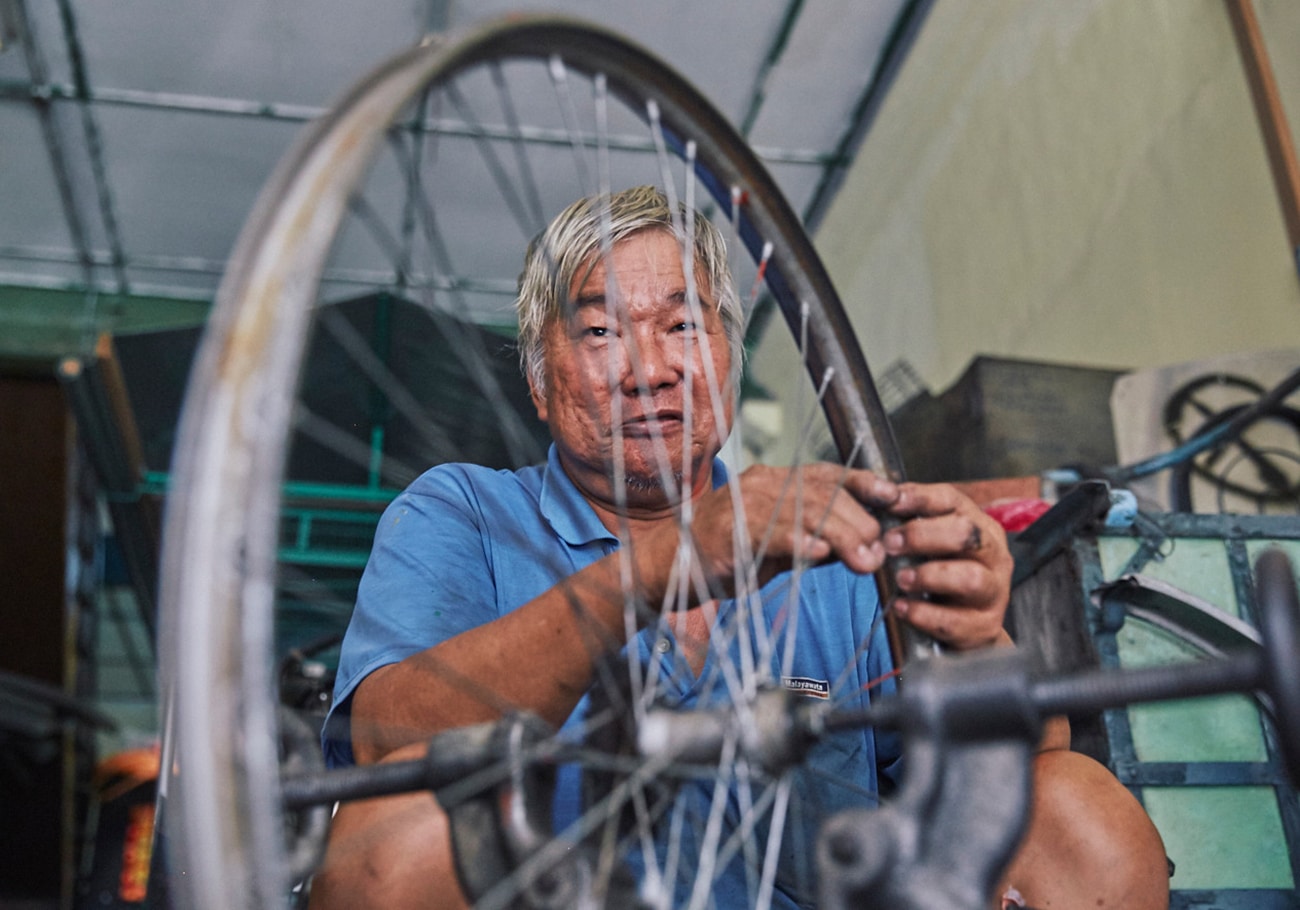
The shift from practical transportation to decorative novelties has transformed the trishaw market. Despite the trishaw era coming to a close, the memories and appreciation of their unique charm will live on, ensuring their legacy endures.


